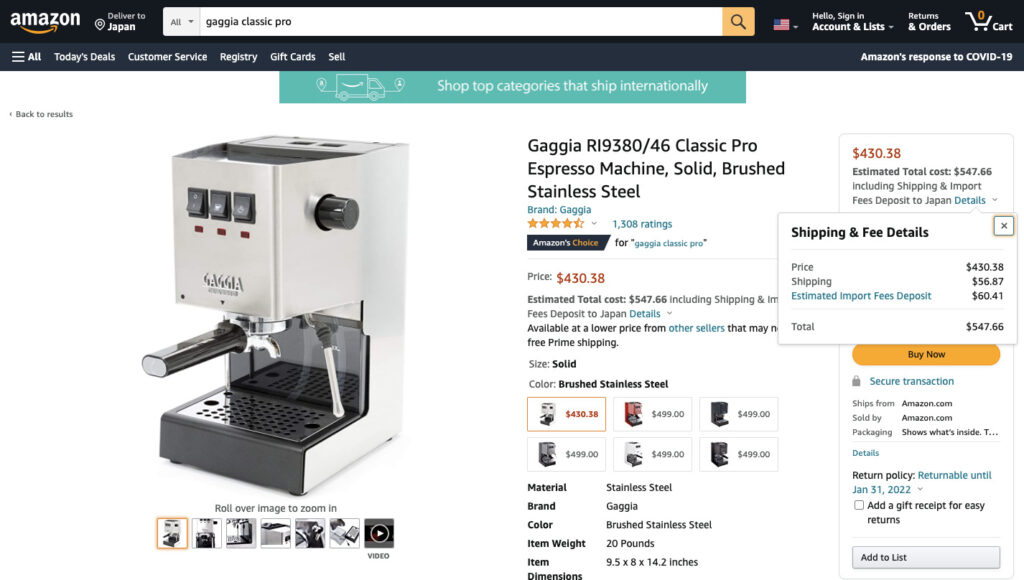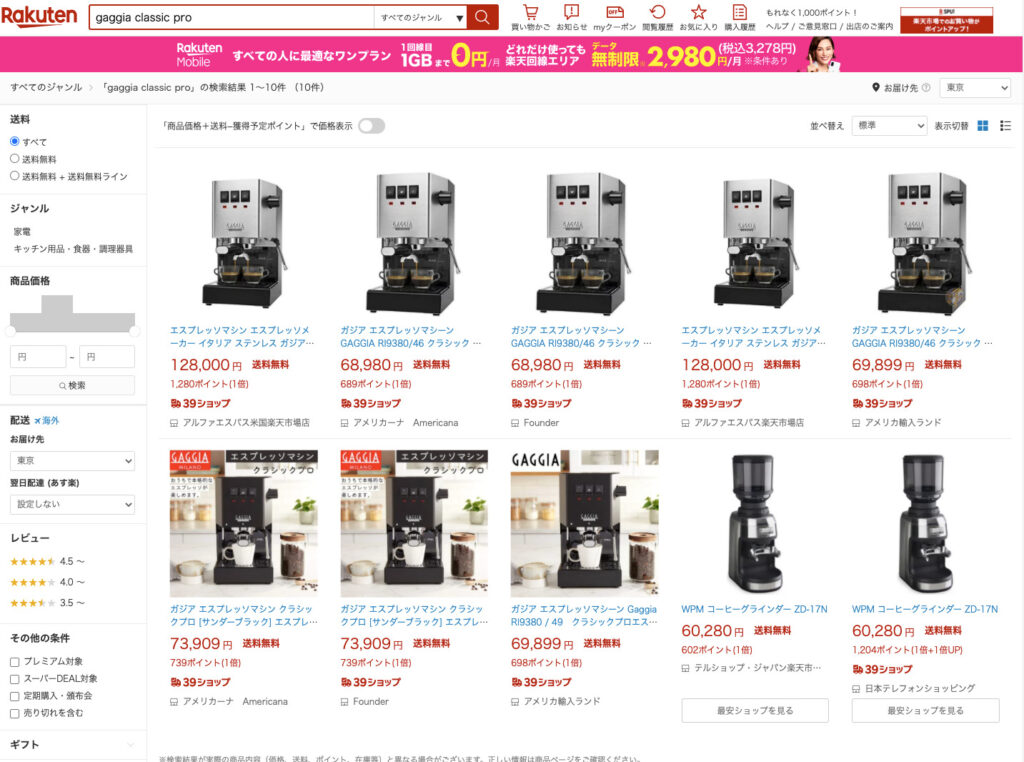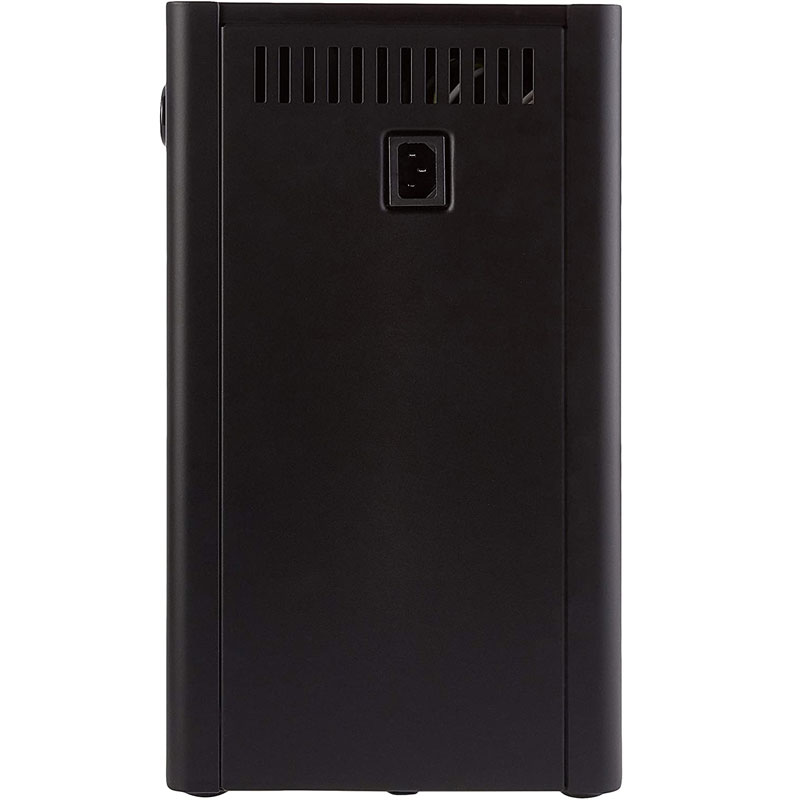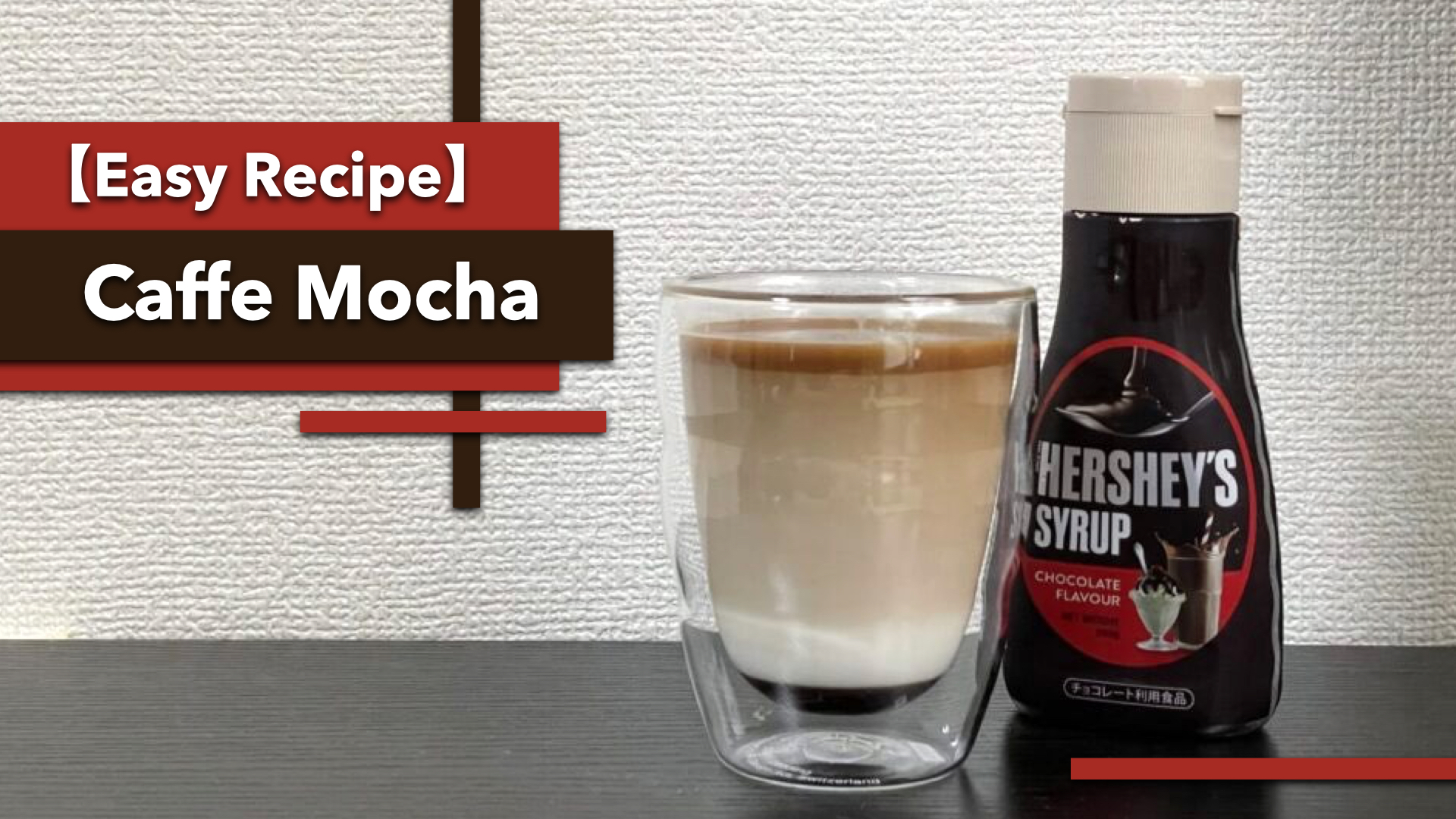Hi everyone!
I’ve been looking into and comparing a lot of espresso machines for a while now, but now I finally made my decision! I am so ready to buy one!
I made a few posts about the machines I considered, and from those I chose the Gaggia Classic Pro for its unbeatable performance to cost balance.
This might not be a directly useful post for most people but its actually pretty complicated to buy a Gaggia Classic Pro in Japan. So I would like to share my experience, in the hope that maybe someday espresso brewing will catch on in Japan and it will get easier to get these awesome espresso gear in Japan.
Where and How do you buy one?
The key problem is that the Gaggia Classic Pro is not officially retailed from Gaggia in Japan.
I looked into it, and it seems that the original older model of the Gaggia Classic is actually officially available. But the surprising thing is that it retails for 93,280yen, which is over $800!? The newer model is around $450, just ridiculous… So obviously this wasn’t an option. (Actually, it doesn’t seem like the old version is normally available in the US, so if you wanted the older version for some reason, Japan might be a way to get one)
Anyway, so the only option is to get one imported from outside Japan.
With this option, there are actually 2 sub-options. The first would be to import it on your own. The other is to get an import shop to do that and buy one from them.
Importing one yourself
This is actually easier than it sounds. I visited the US site of Amazon, and they will ship anything over to Japan. (I’m guessing they will do this for other countries as well)

They kindly tell you the shipping fees and the estimate for any import tax. The extra cost adds up to around $120, which is over 25% of the price of the machine. It’s a viable option, but this extra cost hurts…
Getting one through an importer
The other option is to have an import shop import one for you. This is much easier for the buyer.
I can just go to a famous e-commerce site Rakuten-Ichiba, and a few import shops offered Gaggia Classic Pros. It’s no different that buying something from Japan. I don’t need to go visit an English site, and enter a credit card and stuff like that.
One thing to note is that the price varies wildly across each importer so need to watch out for that.

Through these importers the lowest price was 68,980yen, which is about $610. Naturally it turns out that going though the import shops, the cost is higher than self importing one. The difference in this case was about $50. The import shop needs to get a commission right?
I chose this second option because actually the Rakuten loyalty program is pretty awesome. With this program I effectively got around $80 refund, making this second option better in both cost and convenience.
Even with this, the effective price (with shipping and import costs) was about $530 which is still $100 more than in the US.
This is the case with most espresso related gear. Most things are not sold in Japan, since there’s not much of a market for home espresso machines. But there are definitely many espresso enthusiasts in Japan looking for these machines. (My Gaggia Classic Pro posts in Japanese are one of top accessed posts in this blog).
It’s a vicious cycle. It’s difficult and expensive to get in to espresso in Japan (maybe it’s the same situation in other countries as well). So the market does not grow. Which makes an unfavorable market for the espresso gear manufacturers, so they don’t sell stuff in Japan. Making it difficult and expensive to get.
Hopefully I can get more people interested in espresso in Japan, so that one day the situation will get better. A lot of people brew pour overs at home and there is a very large coffee market in Japan, so I really think there’s some hope.
Will the power plug work?
Another thing I need to watch out for when importing electronics is the power plug compatibility.
The US power outlet is 120V 60Hz. In Europe 230V 50Hz (in general). In Japan, the East half is at 100V 50H and West half at 100V 60Hz (why Japanese people…?)
The Gaggia Classic Pro is available in 2 versions, the US model and European model. Both don’t match the Japanese power outlets exactly.
But the 120V US model actually does work in Japan at 100V. I already have the US model (RI9380) Gaggia Classic Pro at my house in Japan, and can confirm that it works fine.
I’m actually an electrical engineer, and I had a look at the circuitry of the Gaggia Classic Pro. Whole Latte Love, an US coffee equipment retailer has some excellent information including this circuit diagram.
The Gaggia Classic Pro is a pretty simple machine (in today’s standards) in terms of the electronics. It’s essentially only a heater and a pump (and a few more switches and valves).
The heater power will depend on the voltage, so if I use a US model (rated for 120V) in Japan (100V supply), the heat produced will be slightly lower than spec. But this will not damage the heater since its lower than the rating, and even though it might take a bit longer to heat up, it is usable.
The pump could also operate at lower power or lower frequency. But the max pressure it applies is ultimately determined by the Over Pressure Valve, which is controlled by a spring. So the voltage will not affect the max pressure at all.
I would guess that the European model (rated 230V) will not work well in Japan. It probably wont get damaged, but at lower than half the rated voltage, I guess that it wont function properly.
If you are somewhere with a different power outlet rating, I suggest that you do not plug a machine into an outlet that is above its rating. ie. If you have 140V, (I don’t know if any place has that) then don’t use the US model. I would think that if your voltage is close to the rating, it may work. But please do this at your own discretion. It will most likely void your warranty.
Finally, we need to talk about the shape of the power plug. This will be as simple as getting a cable with the correct plug.

As you can see in this picture the power connector is a standard 3 pin connector. I’m sure you have seen these used with some of your electronics. Just get a cable with the correct power plug on it and you are set.
Summary
Thank you for sticking around till the end. I’m really not sure if this info will be useful to many. But maybe you are living in Japan, but don’t speak Japanese. Or I don’t know, you just were interested.
The one thing I want to say is, if you are trying to get into espresso brewing at a country which a small espresso population, good for you! I can understand your difficulties. But let’s just power through, it might get better eventually!




コメント